5 ways to sharpen your focus
Cut through the noise and concentrate on what matters with these simple tips on how to get more done.
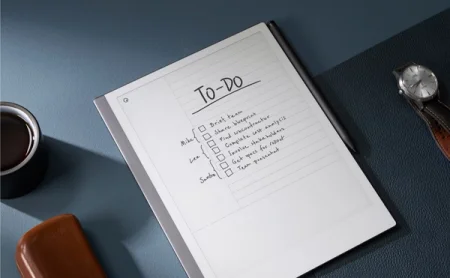
Workday distractions may seem endless. Unanswered emails pile up, social media notifications buzz, and the requests from colleagues never stop. Then there’s your jam-packed calendar to consider.
Luckily, the path to achieving focus doesn’t need to be complicated. Here are some effective tips for quieting the noise and concentrating on what matters:
Get organized
A good place to start would be your workspace. Once you’ve decluttered your desk, you can begin tending to your mental clutter.
Establishing a to-do list is a great way to achieve a sense of calm and gain some control over your situation. It works by moving the tasks from your head to the page, so you have a clear visual overview of what you’re facing.
A popular to-do list methodology is the “burner list.” Devised by author Jake Knapp, this technique helps you focus on your high priority items and puts less important tasks on the back burner.
Read more:
Reach your goals with planners
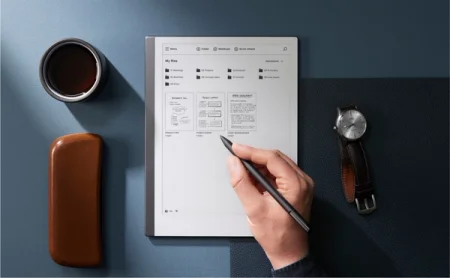
Embrace monotasking
Our brains simply aren’t made for multitasking. In fact, research suggests juggling multiple tasks at once can cause heightened mental stress, affect memory, and make it hard to concentrate.
Depending on how you like to work, there are a number of different task managing methods available. One popular approach is the Getting Things Done (GTD) framework — a brain-friendly system that doesn’t require a computer or smartphone, just your paper tablet.
GTD is an easily accessible strategy for brainstorming and prioritizing your tasks that divides everything you need to do into a set of five lists titled:
- In
- Next actions
- Waiting for
- Projects
- Maybe or someday
A highlight of this technique is how it encourages you to just do tasks that will take less than two minutes, instead of adding them to your “Next actions” list.
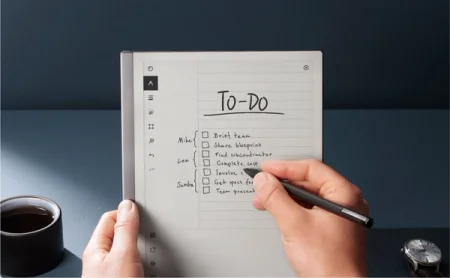
Take breaks
A vital part of being productive is knowing when to work and when to rest. Taking breaks from challenging work processes is just as essential to thinking and creativity as the actual work you put in.
There is a growing understanding in recent years among psychologists regarding the role of “mind wandering” within the process of paying attention. Some experts, like Harvard psychologist Paul Seli, have suggested giving your mind a break can have positive results.
“Think about something unrelated, maybe problem-solve something else that you’ve got on your mind and then come back to your task,” he said.
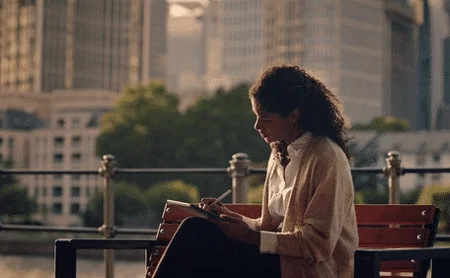
Remove distractions
Scheduling off a sizable block of time to achieve your goal might be a smart place to start. Preplanning a time when you’ll be unavailable will allow you to avoid any unnecessary meetings, requests, or social distractions, without offending or inconveniencing anyone.
But some distractions are beyond your control. According to a Udemy survey, the biggest distraction factor for office workers is chatter — an important thread in the social fabric of the office to be sure, but not exactly conducive to focused work.
Some workplaces have found that a color-coded system involving desk lamps — or even hats — is an effective way to encourage employees to work in focused blocks. Someone wearing a red hat, for example, might be an agreed-upon sign that they’re working on something and don’t want to be disturbed.
Read more:
Find focus and achieve breakthroughs at work
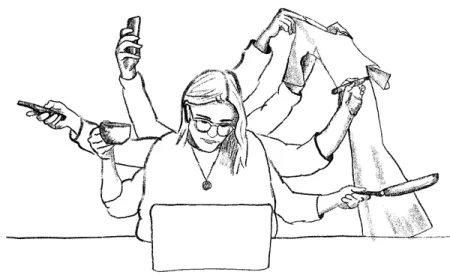
Train your brain
You’ve heard it before, but it’s worth repeating: getting enough sleep, exercising, and sticking to a healthy diet can go a long way toward a sharp, focused mind.
Training your mind to focus longer is just like training your body to improve your aerobic capacity. As with physical training, the more work you put in, the more rewards you’ll experience.
A common method for building attention muscle is the Pomodoro method. It’s quite simple: work for 25 minutes, then take a five-minute break, and repeat. After four such “Pomodoros,” take a longer break.
There are lots of apps that’ll help you adjust the timings, so you can practice with the goal of longer focused sessions — or you could just use a stopwatch.
Bonus tip:
Writing or drawing by hand can also be used as more analog approaches to tasks that will help you think better, and also get your brain used to working harder for longer.


